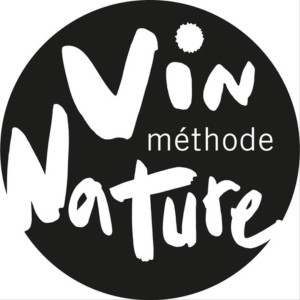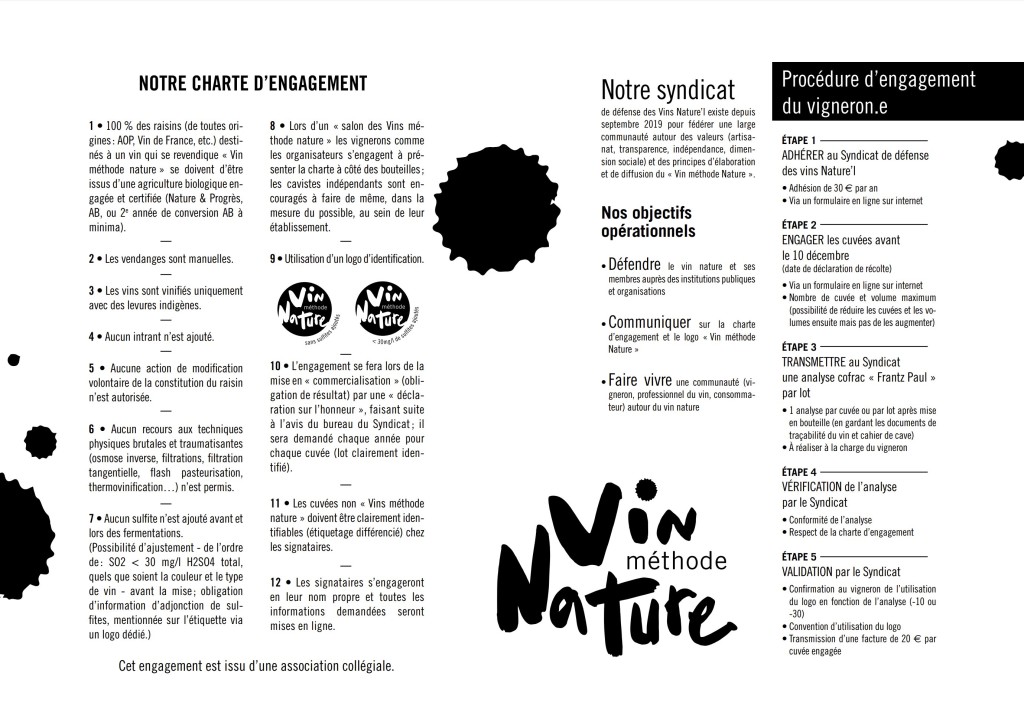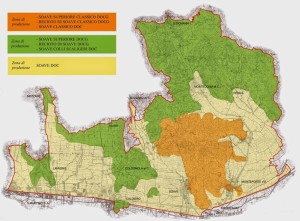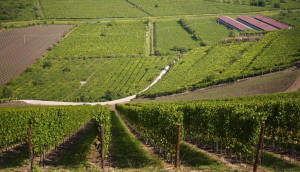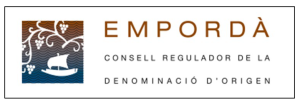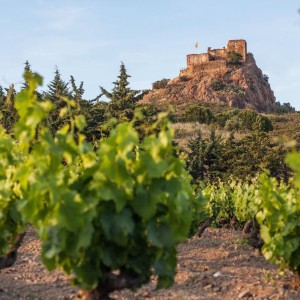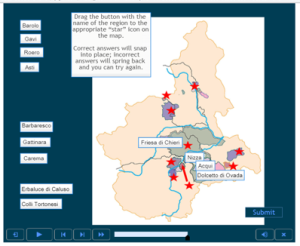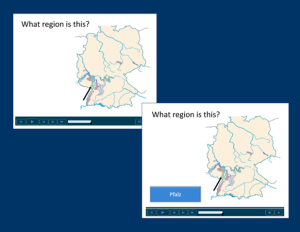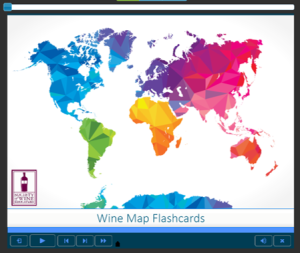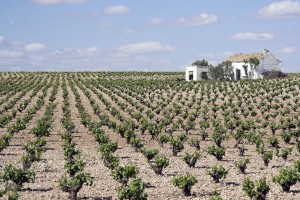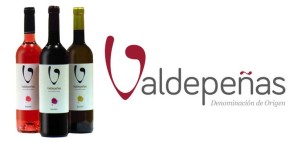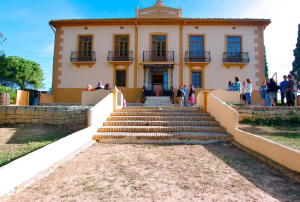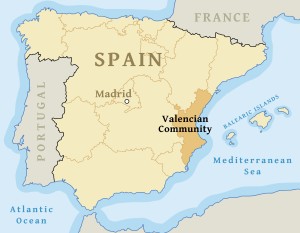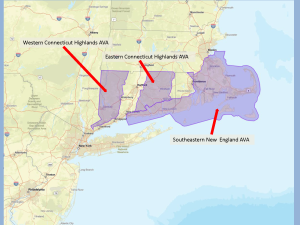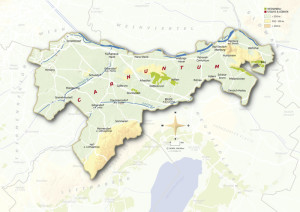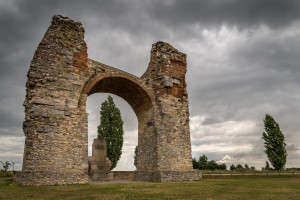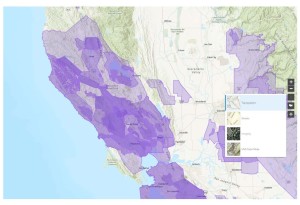At long last, the Alcohol and Tobacco Tax and Trade Bureau (TTB) of the United States has finalized a new set of rules, known as the “Modernization of the Labeling and Advertising Regulations for Wine, Distilled Spirits, and Malt Beverages.” This rule was published today (April 1, 2020) and goes into effect on May 3. The original proposal was first announced in November of 2018 and has gone through several rounds of (often cantankerous) public comment and debate.
One of the most debated (and certainly most controversial) parts of the proposed new regulations sought to limit the definition of oak barrels (as used in the aging of distilled spirits) to only include cylindrical drums of approximately 50 gallons. During the public comment periods, the TTB received nearly 700 comments on this issue, almost all of which expressed opposition. The proposal was seen to limit the creativity of distillers that prefer to use smaller—or differently-shaped—barrels and to incur a financial barrier to entry as well. The good news is that this part of the proposal was NOT adopted into the final rule.
The majority of the new rules apply to the production, process of label approvals, importation, and distribution of alcoholic beverages. However, there are many parts of the new rules that are of interest to wine and spirits professionals as well as enthusiasts. Some of these changes are discussed below.
Vodka: The definition of vodka has been updated to read as follows: “Vodka” is neutral spirits which may be treated with up to two grams per liter of sugar and up to one gram per liter of citric acid. Products to be labeled as vodka may not be aged or stored in wood barrels at any time except when stored in paraffin-lined wood barrels and labeled as bottled in bond. (The requirement for US vodka to be “without distinctive character, aroma, taste, or color” will be rescinded.)
Agave Spirits: Agave Spirits (as a class of products) have been defined (for the first time in the US). The new definition reads as follows: “Agave spirits” are distilled from a fermented mash, of which at least 51 percent is derived from plant species in the genus Agave and up to 49 percent is derived from other sugars. Agave spirits must be distilled at less than 95 percent alcohol by volume (190° proof) and bottled at or above 40 percent alcohol by volume (80° proof). Tequila and Mezcal are specifically defined as products of Mexico, made in compliance with the laws and regulations of Mexico.
Triple-distilled(?): Tighter restrictions on claims of the “number of times distilled” were implemented. According to the new rules, a distillation means a single run through a pot still or a single run through a column of a column still. Previously, some distillers claimed one “distillation run” for each plate found in a column still (as in “distilled one hundred times!”).
The document outlining these new rules is several hundred pages in length, but if you have the time and the fortitude, check it out for yourself here.
References/for more information:
We’ll be keeping an eye on the news concerning these new laws as they develop!!

